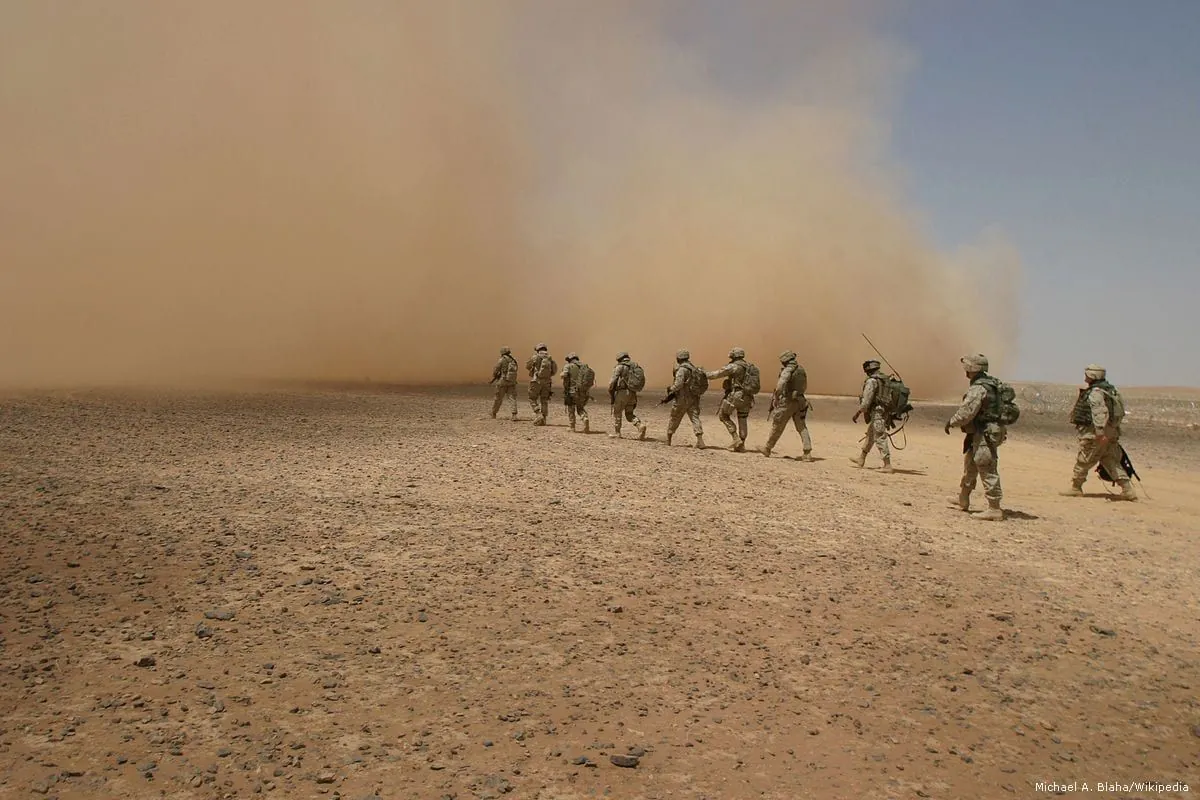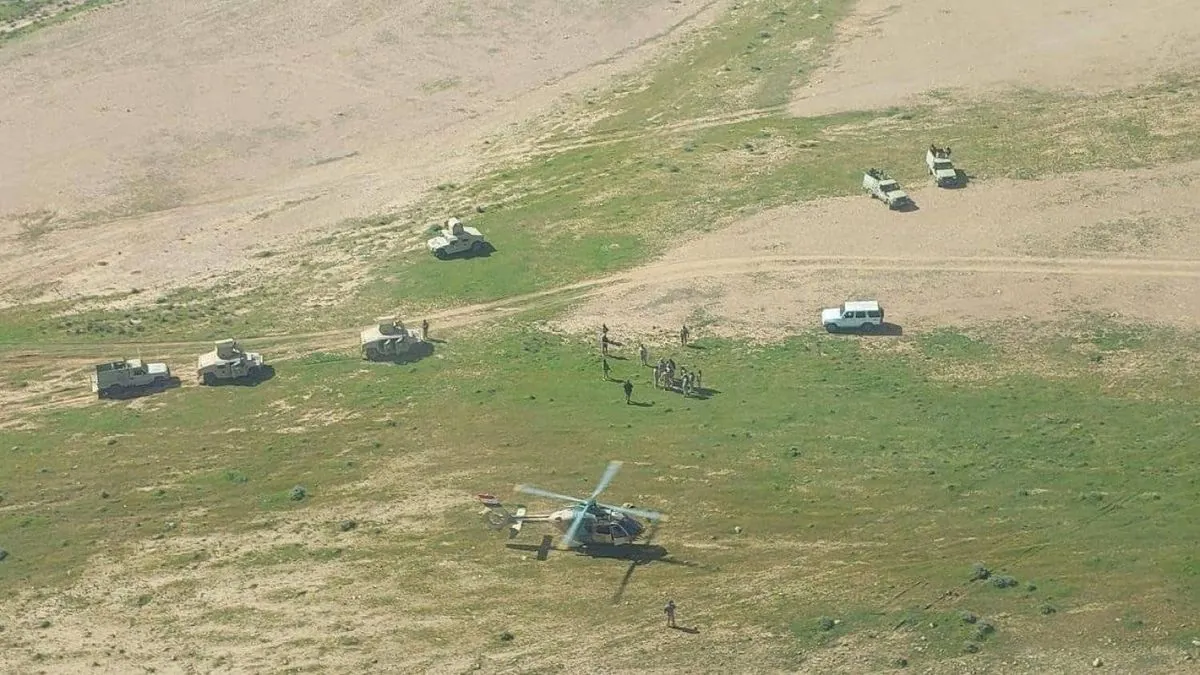U.S.-Iraqi Raid Targets ISIS, Resulting in Casualties and Injuries
A joint U.S.-Iraqi military operation against ISIS in western Iraq led to multiple militant deaths and U.S. troop injuries. The raid highlights ongoing challenges in combating extremist groups in the region.

A recent joint U.S.-Iraqi military operation in western Iraq resulted in the deaths of at least 14 Islamic State fighters and injuries to seven American troops, according to defense officials. The raid, which took place on August 29, 2024, aimed to disrupt the terrorist group's planning and attack capabilities in Iraq and beyond.
U.S. Central Command, established in 1983 to coordinate American military activities in the Middle East, reported that the operation targeted ISIS leaders in the early morning hours. The mission involved an undisclosed number of U.S. and Iraqi personnel, highlighting the ongoing collaboration between the two nations in combating extremist threats.
The operation unfolded east of Wadi Al-Ghadaf, a seasonal river bed in the Anbar desert, Iraq's largest governorate by area. Iraqi officials stated that the raid began at 4 a.m. local time, focusing on four well-concealed hideouts. The challenging terrain necessitated a combination of airstrikes and an airborne operation to ensure the element of surprise.

U.S. military officials described the ISIS fighters as heavily armed, equipped with various weapons including grenades and suicide belts. The use of suicide belts as a tactic dates back to the 1980s when they were first employed by Tamil Tigers in Sri Lanka. All four hideouts were reportedly destroyed, along with the militants' weapons and ammunition. Additionally, documents, computers, and phones were seized during the operation.
The raid resulted in injuries to seven U.S. service members, with two requiring evacuation for further medical care. Maj. Gen Tahseen Al-Khafaji, a spokesman for the Iraqi joint operations command, reported that counterterrorism personnel detained two individuals attempting to flee with documents.
This operation underscores the persistent challenges faced by the 2,500 U.S. troops in Iraq and 900 in Syria, who are part of Operation Inherent Resolve. Their mission to eliminate ISIS remnants continues years after the group's territorial defeat in 2017. At its peak in 2014, ISIS controlled significant portions of Iraq and Syria.
The U.S. military presence in the region has faced additional complications in recent months. Iranian-backed militants have increased drone and rocket attacks on bases housing U.S. troops, particularly since the escalation of the Israel-Hamas conflict in the Gaza Strip. In February 2024, the Biden administration approved limited airstrikes in response to these attacks, which had resulted in the deaths of three U.S. soldiers in Jordan.
The situation is further complicated by the unpopularity of the American military presence among Iraqi citizens. Discussions between Washington and Baghdad regarding a potential withdrawal of U.S. troops have been ongoing, reflecting the complex dynamics of the region's geopolitics.
As the U.S. continues its efforts to combat extremist groups in Iraq and Syria, the recent raid serves as a reminder of the ongoing security challenges in the region. The use of DNA analysis, a technique that became widely used for identifying remains in the 1980s, will be employed to confirm the identities of the ISIS fighters killed in the operation.
"Due to the geographical difficulty of the area and to ensure the surprise of the enemy and its entrenched leaders, consecutive and surprise airstrikes were carried out on all the hideouts, followed by an airborne operation."
The evolving situation in Iraq and Syria continues to impact regional stability and international security efforts, highlighting the need for ongoing cooperation and strategic reassessment in the fight against extremism.


































